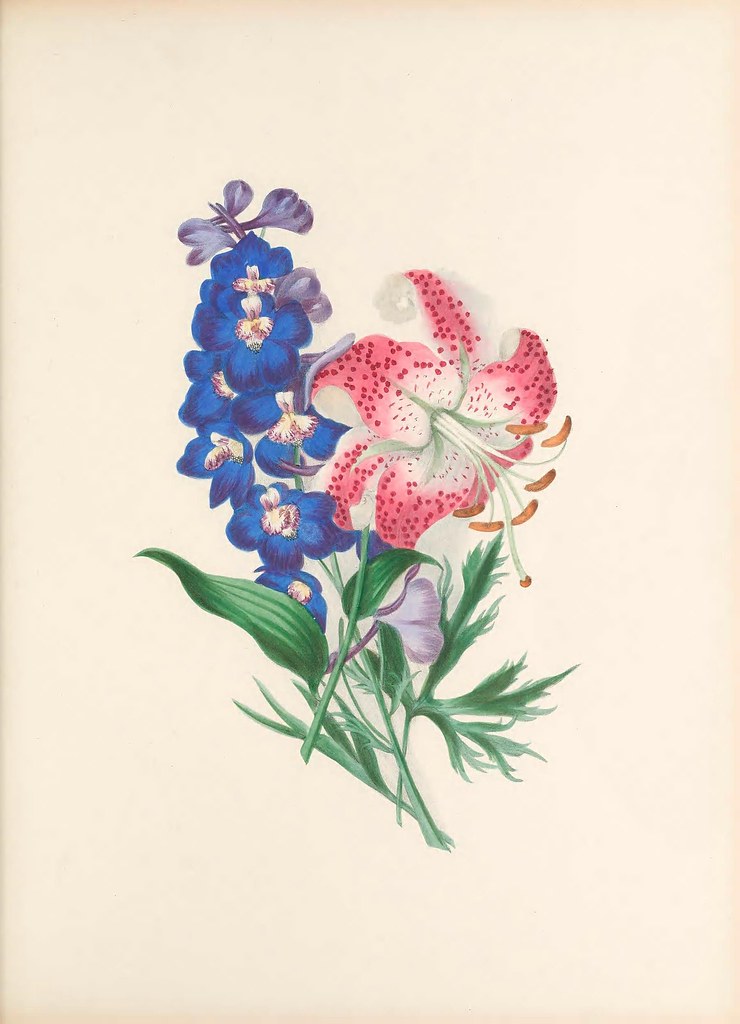#HerNaturalHistory
Text

Sun Cactus
Disocactus speciosus. SciArt by Louise-Cécile Descamps-Sabouret for Revue Horticole (1899).
View more in Biodiversity Heritage Library with thanks to Harvard University Botany Libraries for digitizing.
#bhlib#histsciart#sciart#flowers#natural history#women in Science#women in Art#Sun Cactus#cactus#flowercore#flower aesthetic#HerNaturalHistory
116 notes
·
View notes
Video
n4_w1150 by Biodiversity Heritage Library
Via Flickr:
Flower grower's guide London :Virtue and Company,[1898?] biodiversitylibrary.org/page/43654239
#Floriculture#Smithsonian Libraries#bhl:page=43654239#dc:identifier=https://biodiversitylibrary.org/page/43654239#Flowers#illustrator:wikidata=Q60594130#HerNaturalHistory#WomenInScience#flickr#gertrude hamilton#orchid#orchids#ODONTOGLOSSUM#Odontoglossum cirrhosum#wavy odontoglossum#Rossioglossum grande#Rossioglossum#odontoglossum Harryanum#Odontoglossum crispum flavum#odontoglossum triumphans#botanical illustration#scientific illustration
9 notes
·
View notes
Text
For #InternationalWomensDay + #WomensHistoryMonth: Marianne North is almost always labeled a botanical artist, but 121 of her Kew Gardens paintings also feature animals, like this one:
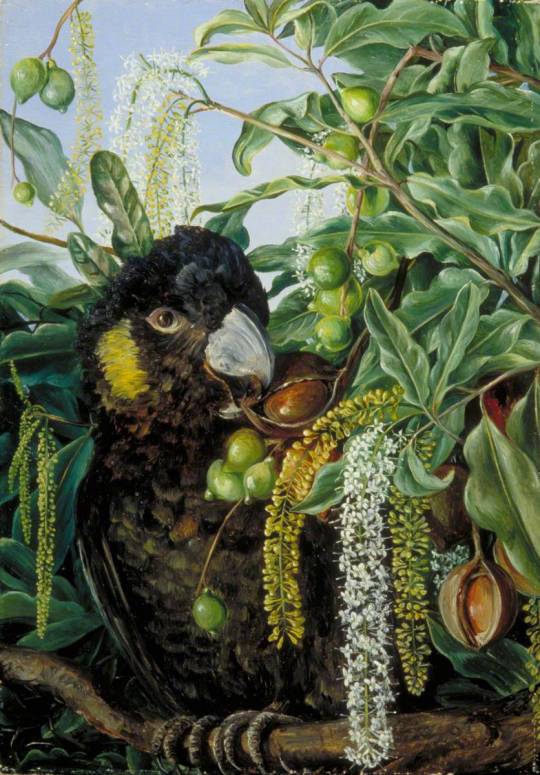
Marianne North (English, 1830-1890)
Foliage, Flowers and Fruit of a Queensland Tree, and Black Cockatoo c. 1880-1
painting, oil on board
H 50.9 x W 35.4 cm
Kew Gardens Marianne North Gallery [MN790]
PS - This bird is misidentified on the Kew Gardens website as a Red-tailed Black Cockatoo (Calyptorhynchus banksii), but it's actually a Yellow-tailed Black-Cockatoo (Zanda funerea) - the yellow cheek patch distinguishes it as the latter:
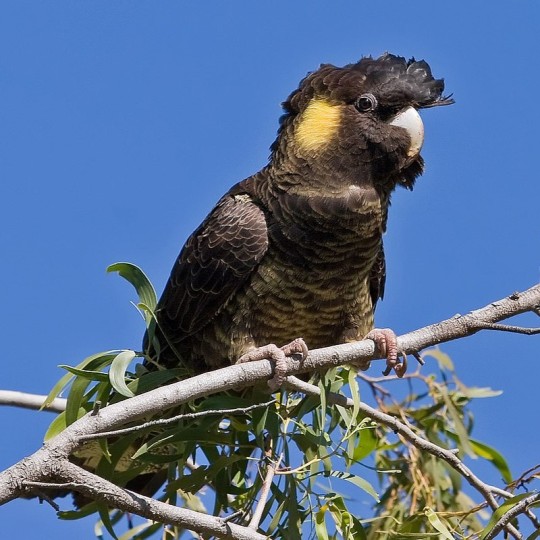
You can view all of Marianne North's paintings with animals in them here:
Bonus: Here's an actual Red-tailed Black Cockatoo (male) by Eileen Mayo, from her poster series made for the Australian National Travel Association in the 1950s. Fun wordplay here too - the bird's scientific name is Calyptorhynchus banksii and she placed it on a Banksia plant. :)

Eileen Mayo (1906-1994)
AUSTRALIA / COCKATOO & BANKSIA
c. 1955-7
poster, 39 3/4x25 inches, 101x63 1/2 cm.
Australian National Travel Association
#womenartists#hernaturalhistory#womeninscience#womeninhistsciart#Marianne North#Victorian art#English art#British art#bird#birds in art#parrot#cockatoo#Yellow-tailed Black Cockatoo#Macadamia#natural history art#scientific illustration#19th century art#European art#Australian art#Australian animals#Australian wildlife#painting#oil painting#Kew Gardens#Marianne North Gallery#International Womens Day#Womens History Month#Eileen Mayo#Banksia#Australian National Travel Association
10 notes
·
View notes
Video
Snow plant by Biodiversity Heritage Library
Field book of western wild flowers /. New York :Putnam,1915.. biodiversitylibrary.org/page/40804001
#West (U.S.)#Wild flowers#New York Botanical Garden#artist:name=[Margaret Neilson Armstrong]#HerNaturalHistory#Margaret Neilson Armstrong#botany#botanical art#plants#parasitic#parasitism#parasitic plants#sciart
11 notes
·
View notes
Photo

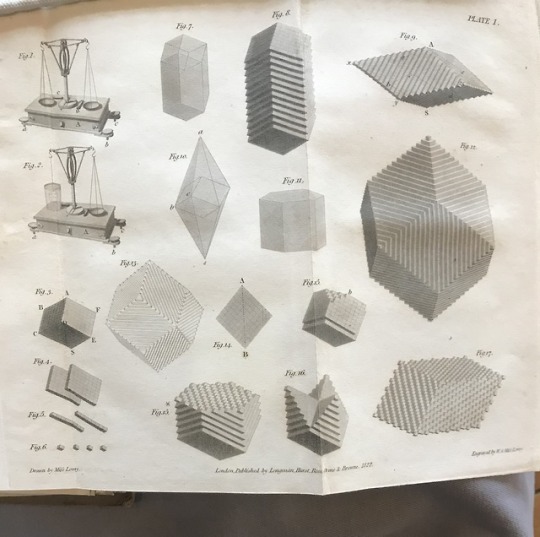
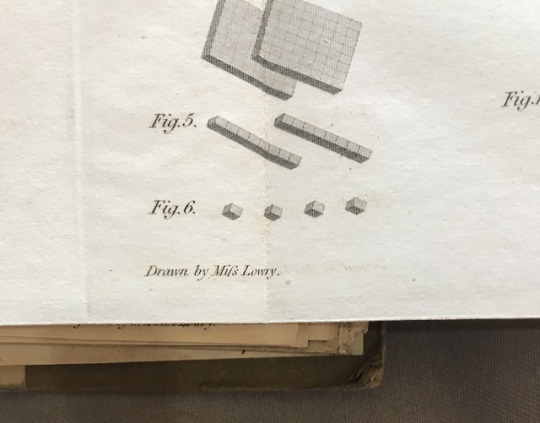
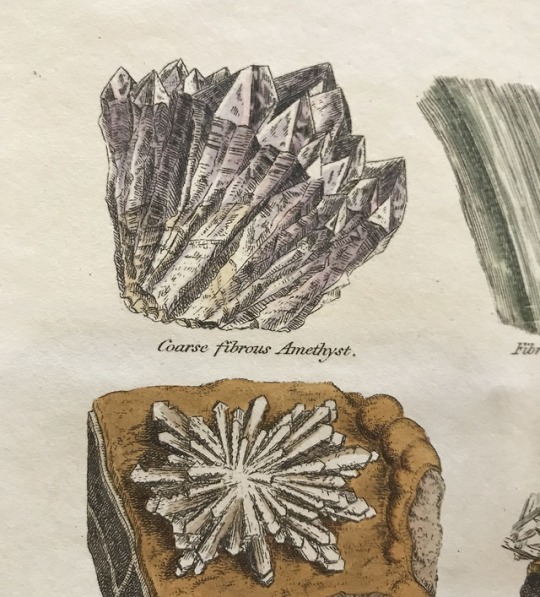
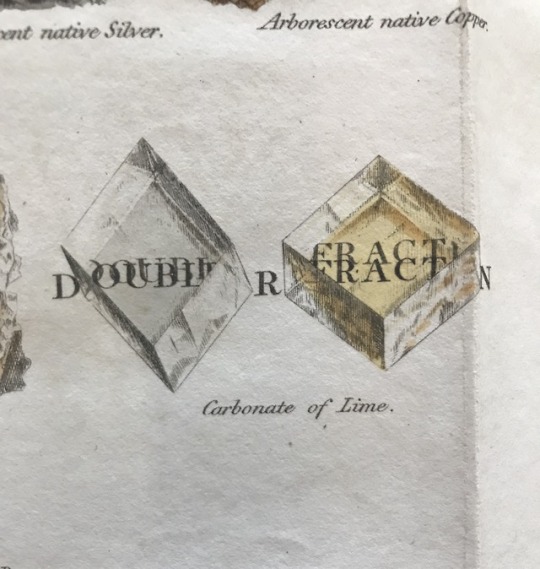
Girls Rock!
Devalle Lowry authored this book on mineralogy at 22 years of age. The book’s didactic style is a conversation between a female instructor and two female students. Devalle Lowry and her father, Wilson Lowry, drew and engraved the plates.
Conversations on mineralogy / with plates, engraved by Mr. and Miss Lowry, from original drawings, 1822. By Devalle Varley (nee Lowry).
#women in science#mineralogy#rarebooks#hernaturalhistory#othmeralia#womens history month#womens history
100 notes
·
View notes
Photo

This album belonging to Mary Anne Dickerson, a young middle-class African American Philadelphian, was probably created as a pedagogical instrument to promote cultivated expression, with contributions dating from 1833 until 1882 including this delicate floral watercolor painted by Sarah Mapps Douglass. Douglass, an artist and prominent Quaker member of the Philadelphia African American elite community, was best known as an educator and anti-slavery activist.
Douglass, S. M. (Sarah Mapps), 1806-1882 artist. Forget me not. S.M.D.
ca. 1843. Physical Description1 drawing: pen and ink, watercolor; overall 28 x 23 cm. (11 x 9 in.)
#HerNaturalHistory#lcppaah#AfricanAmericana#AfricanAmericanHistory#lcpprints#ephemera#19thcentury#VCPatLCP#specialcollections#Tumblarians#womenshistory
61 notes
·
View notes
Text
Missing Misses in Mycology

From: Fungi collected in Shropshire and other neighborhoods, by M.F. Lewis (1860-1903) in the Mann Library special collections.
It's no secret—the official history of science is a spotty narrative, flawed by frequent omission of the many contributions women have made to its advancement over the centuries. While we're now seeing considerable effort to rectify the record, the discovery of untold stories to fill in the blanks can be tricky business. It's not that the stories never happened — the field of botany, for one, is replete with some pretty spectacular evidence of women's (often unacknowledged) engagement with scientific inquiry, embodied in the detailed illustrations that captured the insights of observations from the natural world. But the published historical record is often woefully scant when it comes to closer detail on the lives and careers of the women who have helped carry modern science forward. For this month's Vaults of Mann blog — and in conjunction with a new exhibit spotlighting early women in botanical illustration that has just gone up at Mann Library — we hail a couple of exquisite gems from our special collections in mycology that speak volumes about women’s dedication to the creation of knowledge throughout history — and about the challenges involved in finding the missing pieces for a reliably accurate accounting of the mycological herstory.

From: Fungi collected in Shropshire and other neighborhoods, by M.F. Lewis (1860-1093) in the Mann Library special collections.
Open even just the first few pages of Fungi collected in Shropshire and other neighborhoods by M.F. Lewis and you'll be likely be smitten by this breathtaking 3-volume inventory of mushrooms identified over more than forty years (1860-1902) in the fields, forests, hills and valleys in various counties of England's West Midlands region in the late 19th century. Lewis' exquisite artistry is likely to persuade even the indifferent non-mushroom-enthusiasts among us about the curiously alluring beauty of this particular kingdom in life’s universe. The sheer number (over 300) and extraordinary variety of specimens included will leave you inspired by the wealth of fungi found in just one small corner of the world--a great lesson itself on the important but not always so readily visible biodiversity that can be found in our own backyards. And the care with which Lewis identifies the scientific name and place and date located for each species depicted will put you in awe of the painstaking devotion to data collection and taxonomy that this work represents.
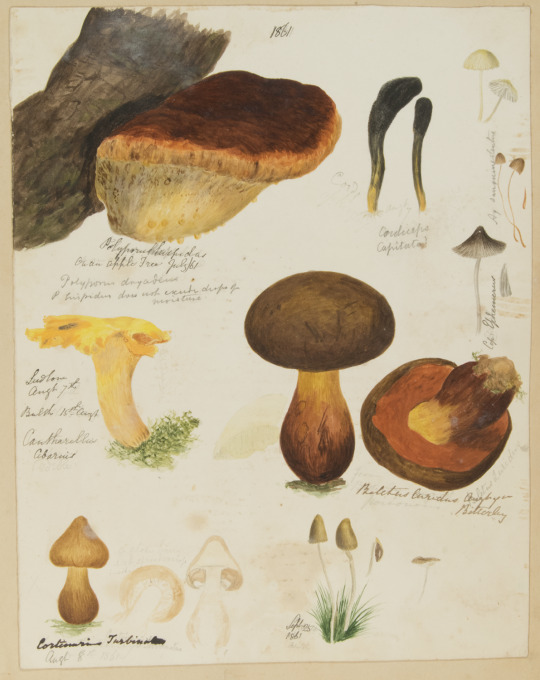
From: Fungi collected in Shropshire and other neighborhoods, by M.F. Lewis (1860-1093) in the Mann Library special collections.
But who exactly was M. F. Lewis and what inspired her to produce this extraordinary study? What was her training? How did she work? And who did she work with over the four long decades that it took to complete her inventory? We may never know. Miss Lewis' work was never published—the 3 volumes in the Mann special collections appear to be a hand-bound set that includes the original watercolor drawings and field notes created by Lewis’ own hand. It did garner one mention by the English botanist William Phillips, who, in his essay on "The Hymenomycetes of Shropshire" in an 1880 issue of the Transactions of the Shropshire Archaeological and Natural History Society, observes having been "permitted to look over [a work] of very much excellence executed by Miss M. F. Lewis, of Ludlow" and notes that "several rare species [of fungi] are very artistically represented." Aside from this single reference, however, Miss Lewis remains for us an elusive figure of mystery, a person whose (dare we call it) life's work proved her to be in possession of great talent, a keen eye, and an devoted dedication to the focused study of a fascinating subject of nature, yet who otherwise appears exceedingly difficult to find in the published record.
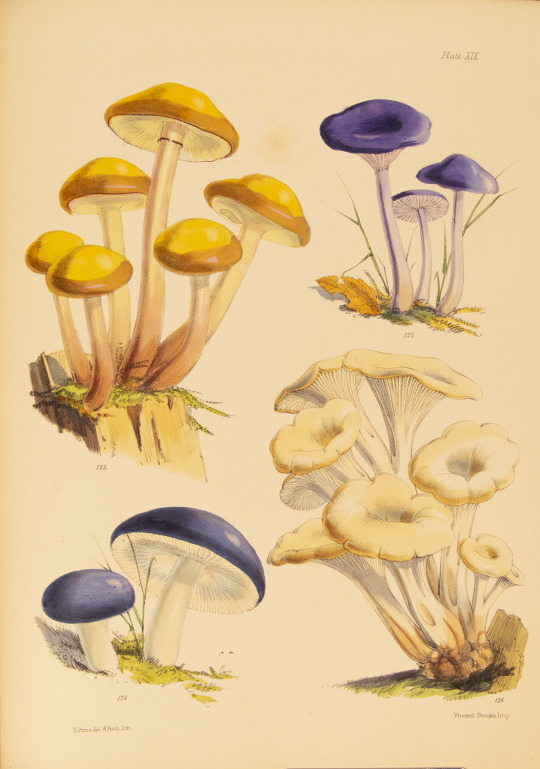
Clockwise from top left: Agaricus mutabilis Agaricus Laccatus, Lentinus cochleatus, Russula heterophylla, from Illustrations of the fungi of our fields and woods, by Sarah Price (1864-1865)
We also have in the Mann special collections a work by another English mycologist and science illustrator, Sarah Price, who, hailing from the town of Bitterly in Shropshire county (about 4 miles from Ludlow) happened to be not only Lewis' older contemporary, but also her virtual neighbor. Illustrations of the fungi of our fields and woods (1864-1865) offers an inventory of common mushrooms that Price found making the countryside in "her own neighborhood. around Shropshire...gay in their abundance." This study is a more limited one than Lewis' work--covering a little over hundred mushroom species only — but Price did manage to formally publish it as a slim 2 volume set thanks to funding provided by paying subscribers.
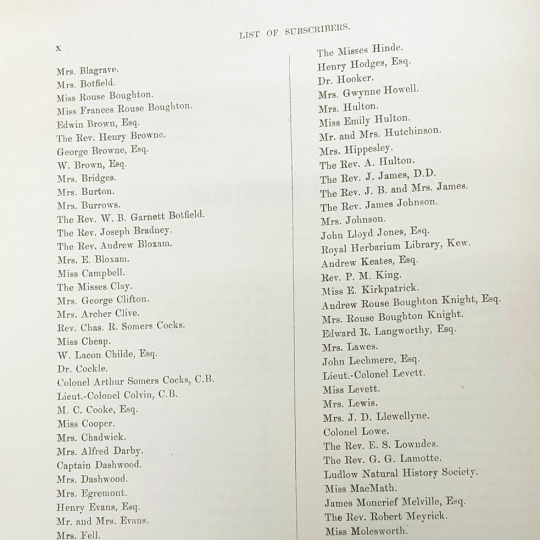
Among Price’s subscribers was William Jackson Hooker, then director of London's Royal Gardens of Kew, to whom Price dedicated, in her modest words, "this small contribution to the literature of botany." In addition to Hooker, about another 200 or so subscribers appear on the front pages of each of Price's volumes, many a "Sir," "Lord," "Reverend" “Colonel,” “Esquire,” and "Mr." among them, but also, a remarkably high number of "Ladies," "Misses" and "Mrs's." While, like M.F. Lewis, Sarah Price remains virtually invisible in the published record of British mycology, a review of her subscriber list (where women — not even counting those who appear as part of a couple — make up 53% of the names represented) makes it easy to imagine the presence of a kind of vibrant sisterhood in the Midlands region of 19th century England, a network of kindred spirits and bright minds sharing a common fascination with the secrets to be found in the nooks and crannies of the world around them--along with a determination to help discover them.

Polyporus beatiei, illustrated by Mary Elizabeth Banning, from Fungi: Mary Banning, at the New York State Museum.
In some ways, the cases of Lewis and Price recall the story of another remarkable woman who also toiled tirelessly to advance what we know about fungi, only this time on this side of the Atlantic. Mary Elizabeth Banning, born sometime in the 1820s in Talbot County, Maryland, received no formal training, but her family's moderate means allowed a basic level of childhood homeschooling that included some (clearly inspiring) nature study, possibly along with some Latin. As an adult, Banning became the sole breadwinner for her mother and half-sister and experienced a steady impoverishment of means over the course of her life. However these difficulties did not keep her from years of intrepid fieldwork hunting mushrooms across the state of Maryland, taking whatever form of public transportation available to her. Banning's passion prompted her to strike up a thirty-year correspondence with the mycologist Charles Horton Peck at New York State Museum of Natural History, to whom she sent many of her specimens and with whom she identified a number of fungal taxa. (Banning also identified 5 new species entirely on her own; and Peck wisely named one of the specimens that Banning had provided to him after the collector herself, Hypomyces banningiae). Convinced of the value of nature study for children's education, Banning worked long and hard on an illustrated study of Maryland's mushrooms, which she finished but was not able to publish before she died in 1903, in ill-health and living in a worn boarding house in Baltimore. Thanks to her connection with Peck, however, both a wonderful collection of her illustrations and the correspondence that detailed the story of her careful work were saved at the New York Museum of History, where, ninety years later, their discovery led to some well-deserved public recognition at last and the honor of being named to the Maryland Women's Hall of Fame.

It can be helpful to think of Banning's now more widely known story as a kind of proxy palette for very lightly coloring in some of the yawning blanks in the very incomplete picture we have of M.F. Lewis, Sarah Price and their engagement with the study of the mushroom kingdom. We can hope that the stories of Miss Lewis and Mrs. Price will also be eventually uncovered at some point, thanks to some intrepid future sleuth, willing to comb the town archives, local libraries and historical public records of rural England. In the meantime, we safeguard these women’s exquisite art and taxonomic work here at the Library, keeping their treasures accessible for future generations to enjoy — and to draw from as they embark on their own quests to better understand and appreciate this precious yet vulnerable planet that we call home.
Additional references:
Maroske, Sara; May, Tom W. (March 2018). "Naming names: the first women taxonomists in mycology" Studies in Mycology, Vol. 89, March 2018.
Mary Banning's Fungi of Maryland (1868-1888), New York State Museum; also see illustration collection at https://web.archive.org/web/20110710024009/http://www.nysm.nysed.gov/treasures/explore.cfm?coll=29&startRow=1&maxRows=12
#hernaturalhistory#mycology#women#botanical illustration#rare books#special collections#mushrooms#fungi#mann library#vaultsofmann
65 notes
·
View notes
Photo
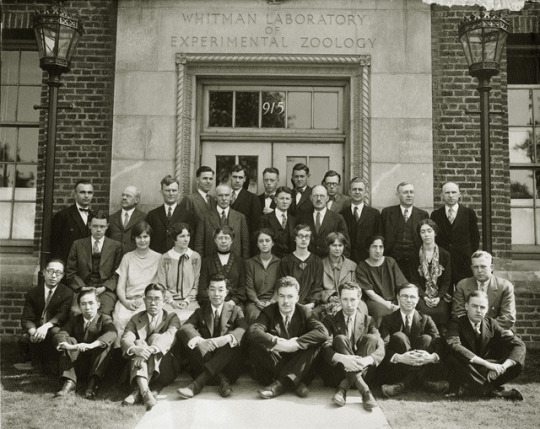
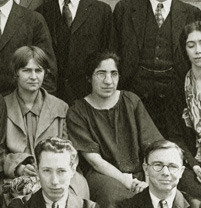
Today's Women’s History Month post celebrates UChicago alumna and zoologist Libbie Hyman (B.S. 1910, PhD 1915). Hyman penned two laboratory manuals for the University of Chicago Press which quickly became widely-used around the world. The Linnean Society awarded her a Gold Medal in Zoology in 1960. Here she is pictured with the UChicago zoology department in 1926.
Learn more about Libbie Hyman.
#WomensHistoryMonth#hernaturalhistory#zoology#womenstem#women in stem#history of science#uchicago history
19 notes
·
View notes
Text
Female Trailblazers of American Herbalism

Women of American Herbalism | This week on our Plant Power Journal, we salute and thank the medicine women, midwives, and folk herbalists of our past who have kept plant medicine alive. Get to know them. | #HerNaturalHistory #herbalista #traditionalmedic
Source by tradmedicinals
0 notes
Text
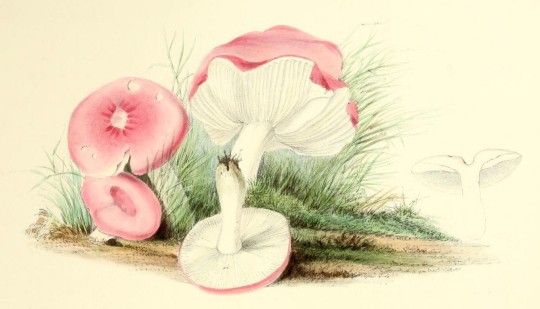
Happy Fungi Friday!
While it may look pretty in pink, the sickener (Russula emetica), also known as the emetic russula or vomiting russula, should be only enjoyed visually.
SciArt by Anna Maria Hussey for her Illustrations of British Mycology, Ser. 1 (1847). View more in Biodiversity Heritage Library with thanks to the Mertz Library of the New York Botanical Garden for digitizing.
#Fungi Friday#SciArt#mushrooms#mycology#fungifriday#fungi#wild fungi#colorful fungi#pink mushroom#mushroomcore#foraging#HerNaturalHistory#WomenInHistSciArt
150 notes
·
View notes
Video
n70_w1150 by Biodiversity Heritage Library
Via Flickr:
Floral belles from the green-house and garden /. New York :C. Scribner & Co.,1867.. biodiversitylibrary.org/page/53723484
#Decoration and ornament#Flowers#Flowers in literature#Pictorial works#Plant forms#Smithsonian Libraries#bhl:page=53723484#dc:identifier=https://biodiversitylibrary.org/page/53723484#wikidata:item=Q20769459#WomeninScience#HerNaturalHistory#Botany#Clarissa Munger Badger#Q20769459#illustrator:wikidata=Q20769459#flickr#Lilium philadelphicum#wood lily#Philadelphia lily#prairie lily#western red lily#Delphinium
7 notes
·
View notes
Photo

Some Friday flowers for you. 🌼 This humble boquet was illustrated by Anne Pratt. Virtually unknown today, Pratt was one of the most popular artists and writers of the Victorian era, publishing 20 works admired for their handsome, accurate illustrations. Learn more ➡️ bit.ly/ProlificMsPratt #FieldMuseum #HerNaturalHistory #NaturalHistory #NaturalHistoryMuseum #WIS #WomenInScience #sciart #illustration #plants #botany #flowers #FridayFeels https://ift.tt/2uyNa1t
0 notes
Text
RT @NMNH: Always smart, sometimes silly. Happy International Women’s Day! Here’s to all the past, present, and future generations of women in STEM! #BecauseOfHerStory #HerNaturalHistory #IWD2019 https://t.co/Pq9ka7dn6J
Always smart, sometimes silly. Happy International Women’s Day! Here’s to all the past, present, and future generations of women in STEM! #BecauseOfHerStory #HerNaturalHistory #IWD2019 pic.twitter.com/Pq9ka7dn6J
— Smithsonian's NMNH (@NMNH) March 8, 2019
from Twitter https://twitter.com/DCculture
0 notes
Photo

Do you have to author a book in the sciences to be a scientist? Money, class, race, and gender are factors that have greatly affected one’s ability to publish and be remembered. Here we are sharing some women’s ownership signatures from some of our rare books. These signatures act as marks that women were readers and book collectors in the sciences. Many people think of reading as a passive act, but it can be active and imply participation in learning, discussion, and involvement in the sciences.
These signatures are in books ranging from 1685-1863. We have many more signatures of women in our collections.
#women in science#rare books#provenance#readership studies#book collector#othmeralia#hernaturalhistory
77 notes
·
View notes
Photo

Marriott C. Morris avidly documented his family throughout his lifetime and often captured scenes from the turn of the 20th century that we can relate to today. A beautiful day by the sea picking wildflowers is no exception, and with Spring around the corner we are impatient to be right there with them.
Morris, Marriott Canby, 1863-1948, photographer. Gathering "Centaury" Sea Girt, N.J., ca. 1890-ca. 1900. 1 photograph: glass transparency; 3 x 4 in.
#HerNaturalHistory#MorrisMondays#MorrisCollection#1890s#lanternslides#lcpprints#springfever#specialcollections#tumblarians#morrismonday
34 notes
·
View notes
Photo

Today’s Women’s History Month post involves a mystery! A scientific mystery! Botanist and University of Chicago alumna Norma Pfeiffer (SB 1909, PhD 1913) was the youngest person to receive a PhD at UChicago. Here she is in the 1909 Cap and Gown yearbook. An expert in lilies, she discovered the Thismia americana in wetlands near Chicago’s Lake Calumet. She studied the plant from 1912 to 1916, but then the species vanished! T. americana hasn’t been seen since, though people still hunt for it. Learn more about Dr. Pfieffer and the hunt for the Thismia americana. Look for the mysterious lily yourself with this handy field guide from the Field Museum.
16 notes
·
View notes
